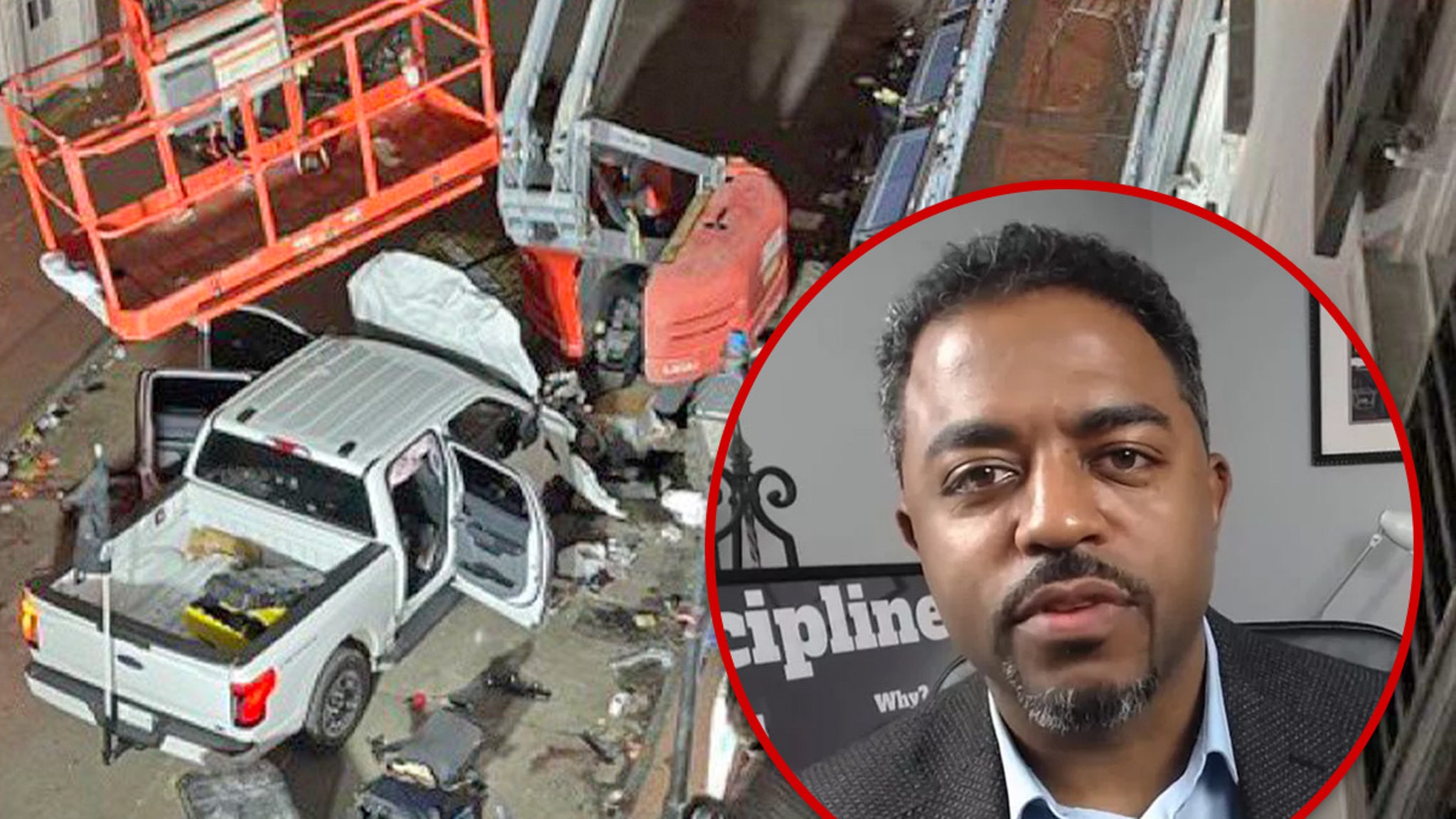The Hollywood blockbuster Titanic is known for many things, including an emotionally charged film set, a ballooning budget and nearly a dozen Oscar wins after it was released in 1997.
But there’s a story about the movie some may not be so familiar with. It’s a mystery behind the scenes during filming in Nova Scotia that involves lobster chowder and a hallucinogenic drug.
“It was kind of like, very dreamy, very surreal,” recalls Marilyn McAvoy, who is now a part-time faculty member at the Nova Scotia College of Art and Design.
“Like many things that happened on that movie, I think it’s just become this kind of lore.”
Back in August 1996, McAvoy worked on the Halifax-area set of Titanic as a painter. Only the movie’s modern-day scenes were filmed in Nova Scotia, which meant leading stars Leonardo DiCaprio and Kate Winslet were not present.
McAvoy even had an unexpected cameo, during a scene when Bill Paxton’s character examines a drawing recovered from the wreckage.
“That wasn’t part of the plan. As a scenic painter or standby painter, usually, you don’t get these little cameos, but I ended up working with the drawing that (director) James Cameron did of Kate Winslet,” she says.
“He didn’t want anyone else touching it, so he asked me if I would be this lab technician for this one day of shooting here in Dartmouth.”
While that was memorable enough, an incident that sent her and about 80 crew members to hospital is even more unforgettable.
‘People were acting very bizarre’
It’s alleged the cast and crew were served chowder tainted with a drug known as phencyclidine (PCP), or Angel Dust.
Rick Courtney was a production assistant at the time, and had a background role as a sailor. He also happened to run a safety training company and has experience as a medic.
He remembers day 21, which was the final day scheduled for filming, when everyone broke for “lunch” just after midnight.
“People started acting strange. I remember hearing on the headset that people were acting very bizarre down in the lunchroom,” he says.
“I was up in the production office. James Cameron, came to me. He said, ‘You’re a medic, right?’ I go, ‘Yep.’ He says, ‘Well, fix me. There’s something wrong with me.’”
Breaking news from Canada and around the world
sent to your email, as it happens.
Courtney says Cameron described a “whole array of things,” including hallucinations and feeling like he was drunk.
As more and more people fell ill, Courtney says he began mass casualty triaging, but quickly realized things were getting out of hand.
“We had a whole bunch of people who were acting extremely bizarre. And so I decided there’s too many people here. This is not an isolated incident. So we activated EMS and got a bunch of ambulances.”
He notes that not everyone ate the chowder — some had chicken, and some ordered out instead of eating from craft services.
“Gloria Stuart, who was old Rose, she ordered out, luckily,” he says.
Set painter, McAvoy, did eat the chowder.
“I was still functioning. I wasn’t nauseous or anything like that, but it seemed like it affected people in many, many different ways,” says McAvoy.
She describes feeling like she had “drank three beers and had a joint” but didn’t experience the flashbacks some others did.
“I didn’t have a lot of experience with a lot of psychedelic drugs … there was some people I knew were having some really bad, really tough times. I think it was kind of flashback-related.”
The atmosphere at the emergency room was also a bit chaotic — as dozens of patients felt varied effects of the drug.
“People were just really active and wanted to party and wanted to just have fun. And there’s other people who just really needed to be alone,” she said.
“There was a conga line. There was a wheelchair race there. I remember in the morning when we finally all came down, they gave us this charcoal drink to drink so I guess it took the toxins out of our bodies.”
Police documents released
New details are being revealed about the incident and subsequent investigation in a report that was released Monday, following a ruling from the provincial privacy commissioner.
The Halifax Regional Police report was initially filed Aug. 9, 1996 — with follow-up submissions later that year and in 1999 — and has redactions throughout.
It said officers arrived at the Dartmouth General Hospital and “observed a large number of people both in the emergency area of the hospital and outside the emergency doors.”
It took hours to triage and treat everyone. It was an experience the late actor, Bill Paxton, would describe years later in an interview with Larry King.
“You see some people freaking out, some people are conga dancing, some people are euphoric,” Paxton said in June 2015. “I knew I was stoned on something pretty bad.”
Everyone recovered, and filming in Nova Scotia wrapped up shortly after. That meant many of those affected were dispersed and out of the country, which made the investigation harder.
“The investigation of possible food contamination on the set of the Titanic was undertaken by the Department of Health. By the time they found that the food, specifically the lobster chowder, had been contaminated with PCP, the Titanic set had moved to Mexico,” a 1999 follow-up in the report stated.
The newly-released documents have no names, and no clear culprit.
One witness told police a food services worker had been “removed from the set for selling drugs a few days prior” and was a potential suspect, but officers couldn’t confirm that worker’s identity.
‘Imagine the tabloid headlines’
Investigators also uncovered rumours and speculation. In the incident report, the investigator noted the movie was over budget — “a well known fact” — and said the incident “may have provided a reason to continue the shooting for an additional week with the funding coming from an insurance claim.”
“At this time none of this can be substantiated as (fact) and certainly nothing is suggested by the writer that the incident was staged as a method to increase funding for the film.”
The investigator cautioned however, that releasing such information could be detrimental.
“I am suggesting that this report remain confidential, as one could only imagine the tabloid headlines if they knew we had a source that even hinted at an insurance conspiracy behind the tampering.”
Unlike the dramatic and iconic ending to the Titanic film, the conclusion of this mystery isn’t as satisfying. Investigators indicated that unless the person responsible “admits the act,” it seemed unlikely they’d find them or convict them.
“One must also consider the fact that PCP is not common in our area but is very common in the Hollywood area,” the report said.
“One must also consider that despite a wonderful (movie) there is plenty of information on record that things were anything but smooth on the set. There is a good probability that the culprit in this incident is a nonresident and is currently outside the country.”
Courtney calls the incident a “blemish” on the local film industry but believes that blemish has healed.
He’s grateful for the experience of being a part of Titanic, however, all these years later, he’s surprised the mystery of the tainted chowder hasn’t been solved.
“I was shocked. I mean, who would have the audacity to do that?” he says. “PCPs are pretty bad. You could have flashbacks years later. So, yeah, it’s criminal. Absolutely criminal.”

























Discussion about this post